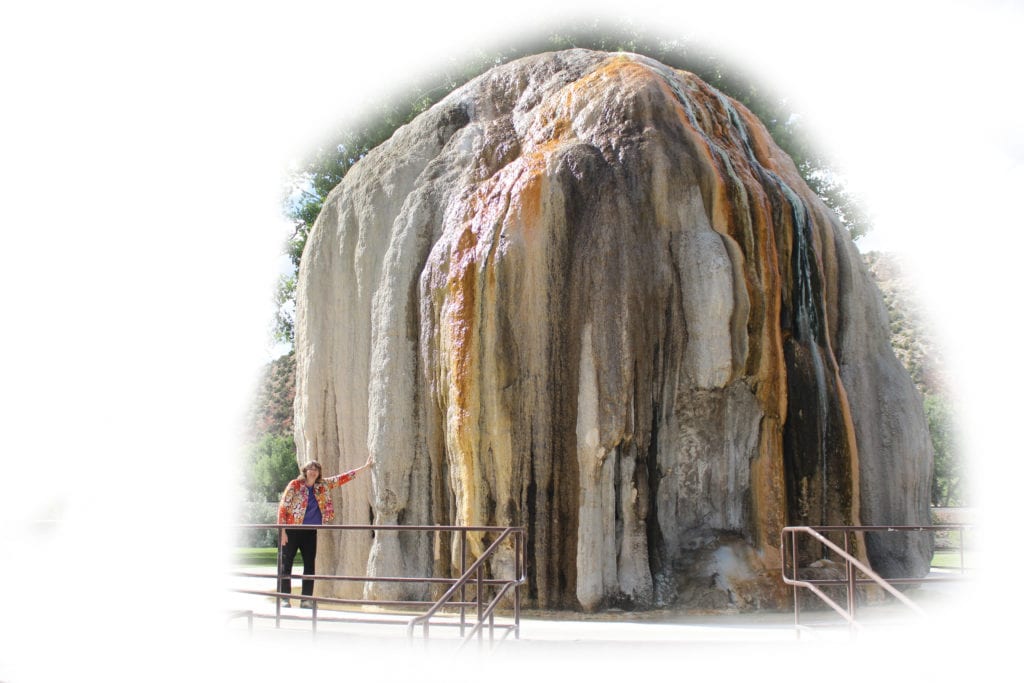Mineral Formations (April 21)


How long does it take to form large mineral formations? In 1903, in the town of Thermopolis, Wyoming, USA, someone drove an iron pipe into the ground, allowing the underground mineral-rich waters to escape. As the warm mineral waters flowed out the top of the pipe, the water evaporated leaving behind a mineral called travertine. The travertine rock mound is now 24 feet tall.
Why does this rock formation, called Teepee Fountain, surprise visitors? Because it did not take millions of years to form. When tourists view cave stalagmites and stalactites, tour guides tell them these rock formations took hundreds of thousands or even millions of years to form. The Teepee Fountain shows us this is not true – it just took the right chemical environment to make this monstrous mound. Rocks can form very rapidly.
Consider the following: At the beginning of the Genesis Flood, the Bible says all the fountains of the great deep were broken up, suggesting huge hot-water geysers erupting mineral-rich waters just like at Thermopolis. These mineral-rich waters would have been mixed with sand, mud, and other sediments during this violent Flood. As the sediments settled out and the waters dried up, the remaining minerals helped bind the sediments together to form the sedimentary rock layers that we see today. It does not take millions of years to form solid rock, just the right conditions.
